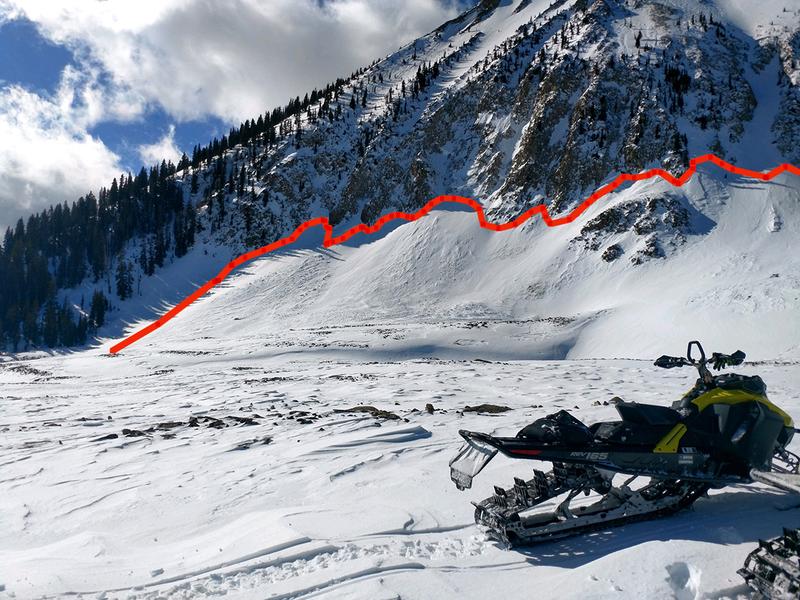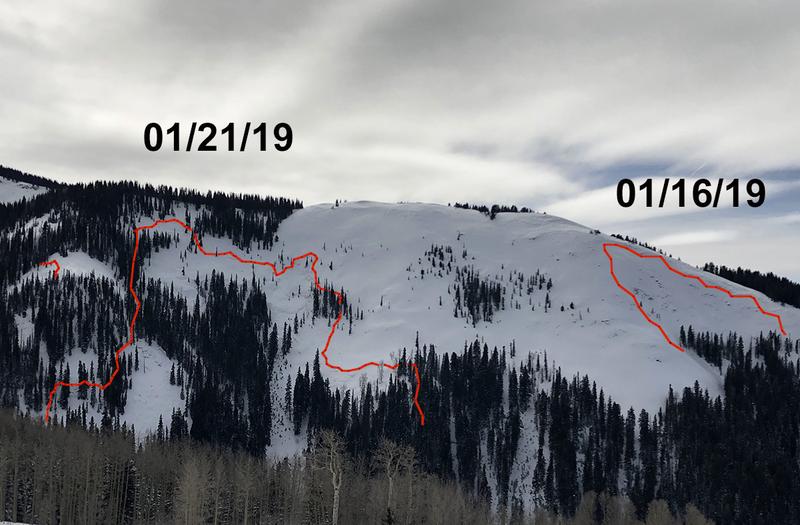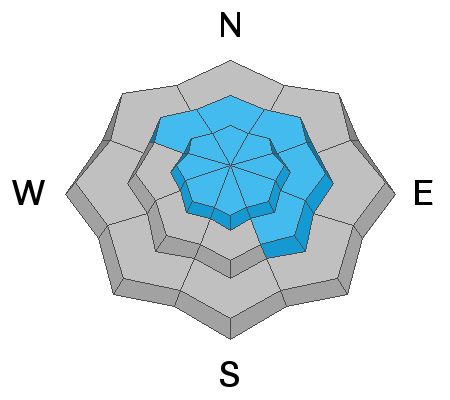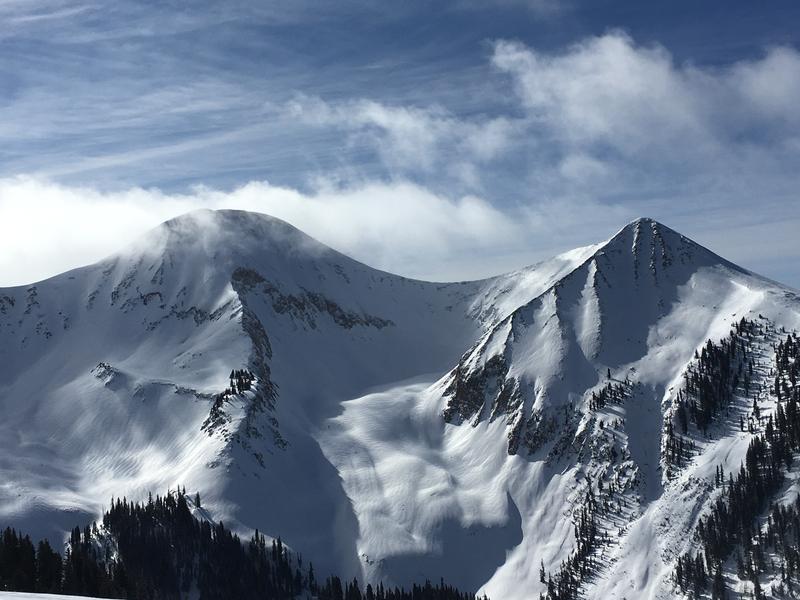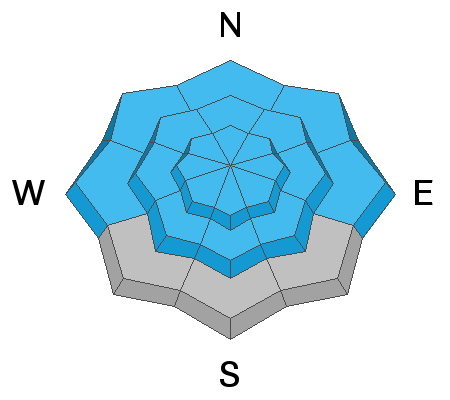Forecast for the Moab Area Mountains

Issued by Eric Trenbeath on
Saturday morning, January 26, 2019
Saturday morning, January 26, 2019
The avalanche danger remains CONSIDERABLE and human triggered avalanches are likely on any steep, wind drifted slope. The problem is most widespread on steep, upper elevation slopes that face W-N-SE, but you need to be alert to possible wind drifts on all aspects. In addition to problems with wind drifted snow, deep and dangerous avalanches failing on a buried persistent weak layer are also likely. This problem exists primarily on steep slopes facing W-N-SE, in mid and upper elevation terrain, but there is also a possibility for triggering this type of avalanche on south facing terrain. Conservative terrain choices remain essential. Stick to low angle, wind sheltered terrain and meadows. On low elevation, and most south facing terrain, the danger is MODERATE.
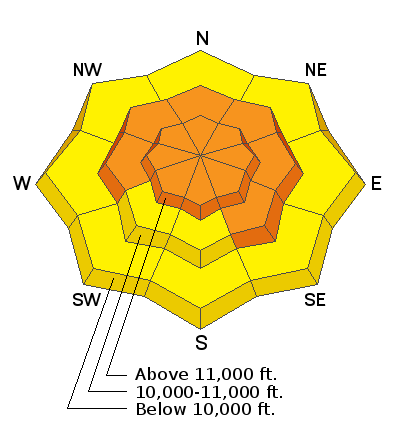
Low
Moderate
Considerable
High
Extreme
Learn how to read the forecast here


